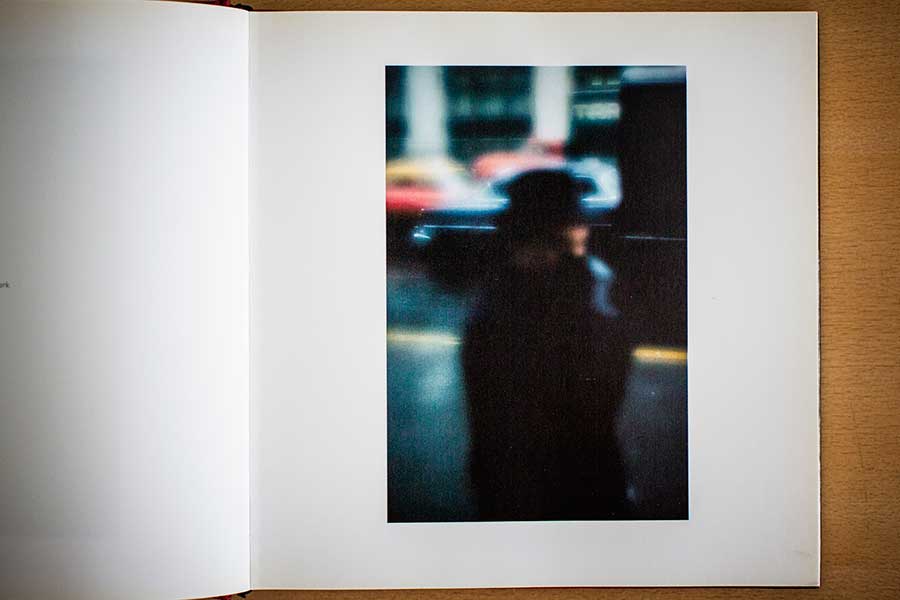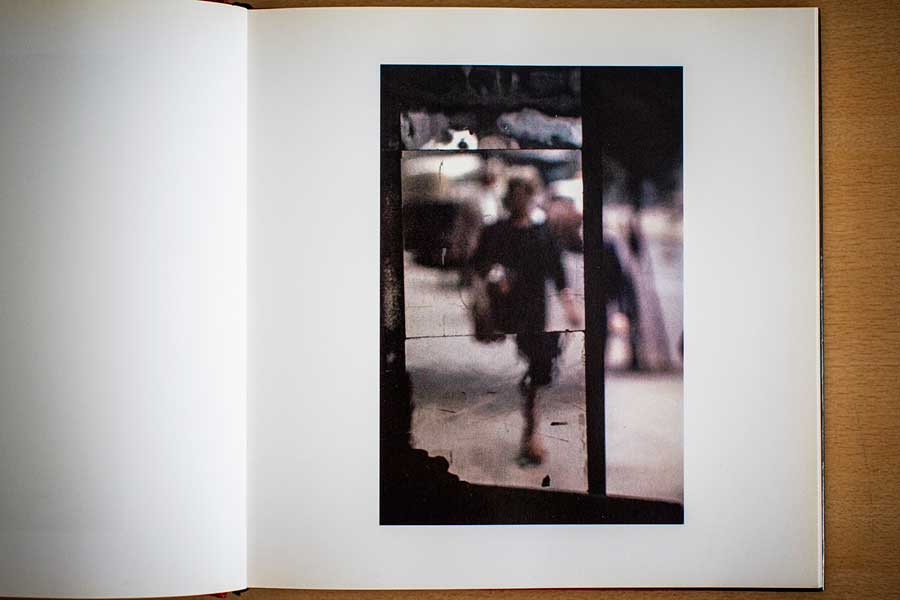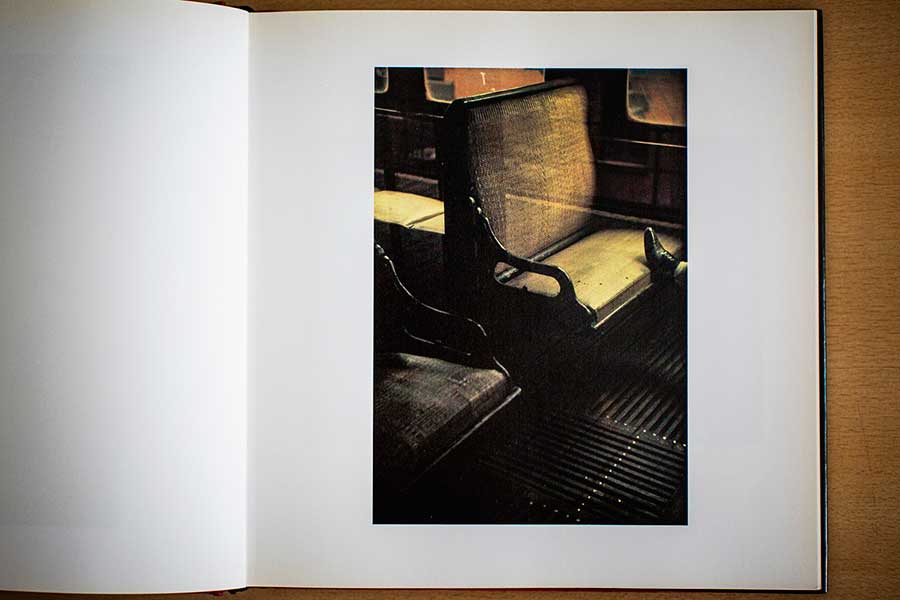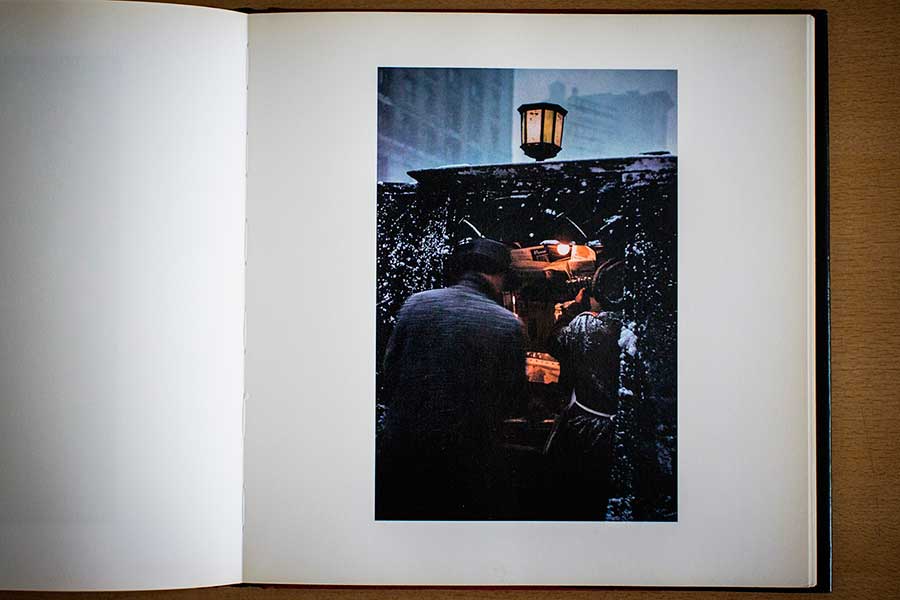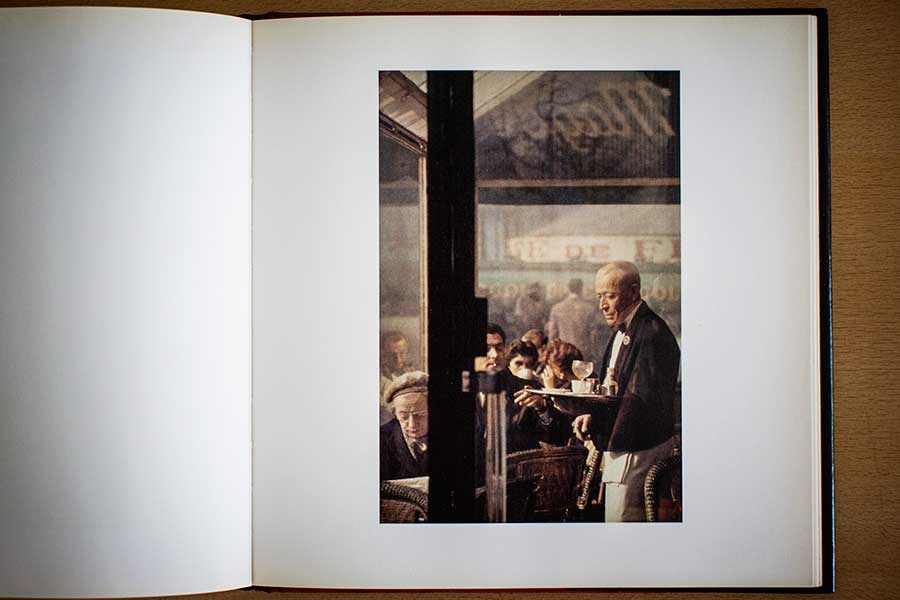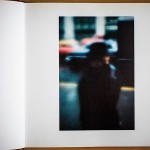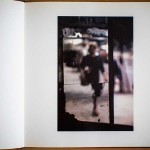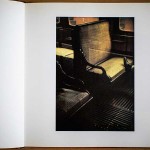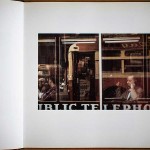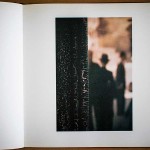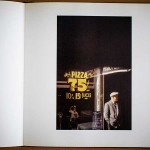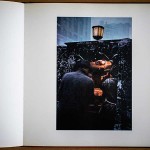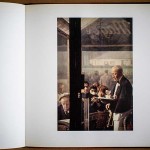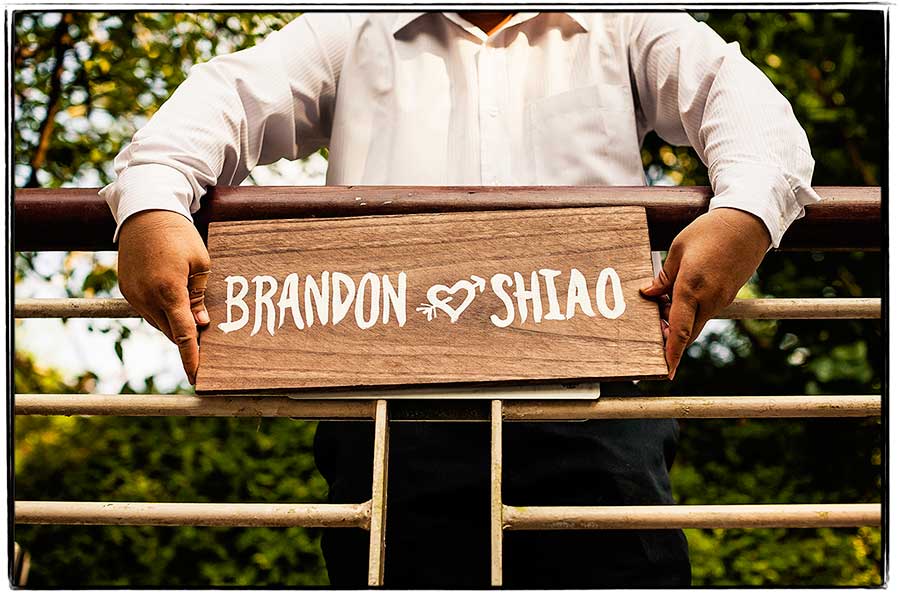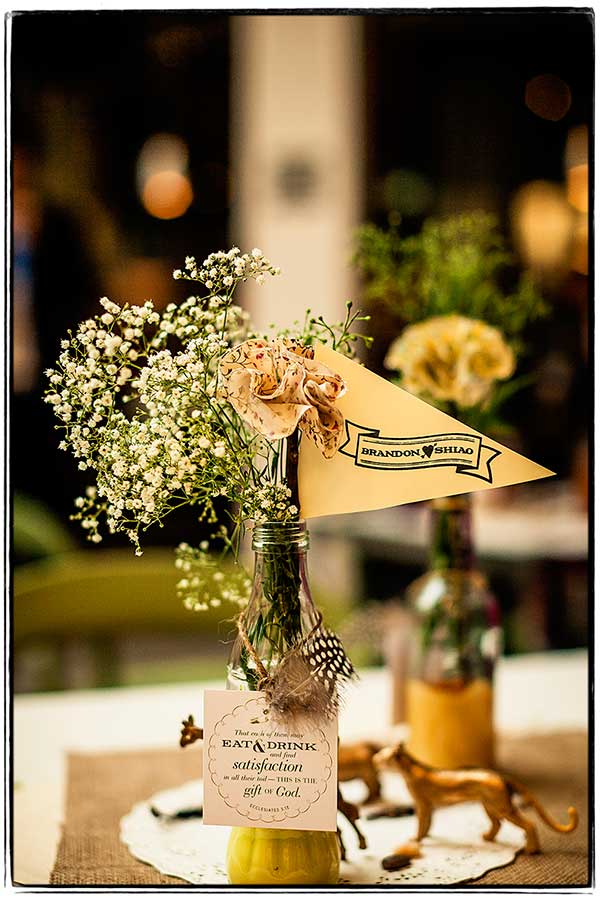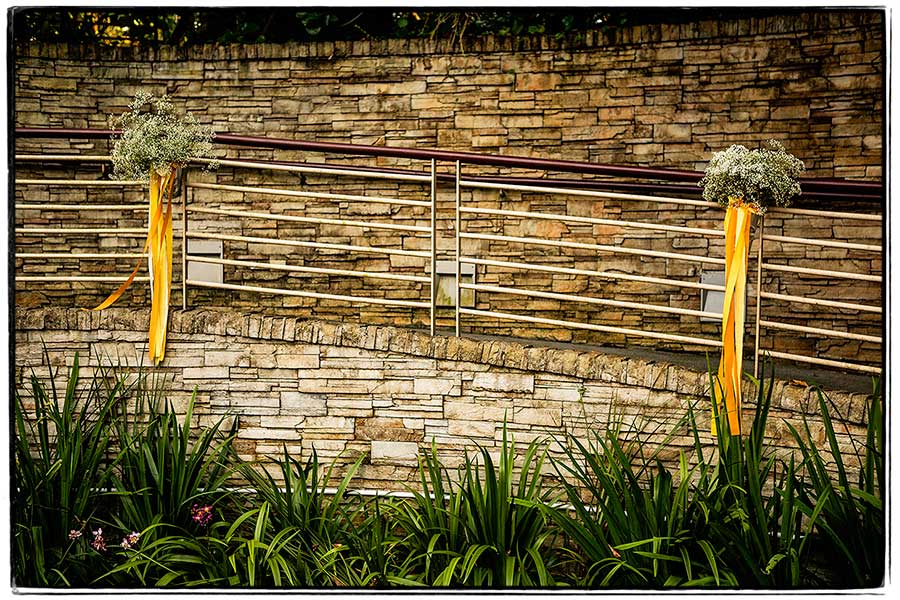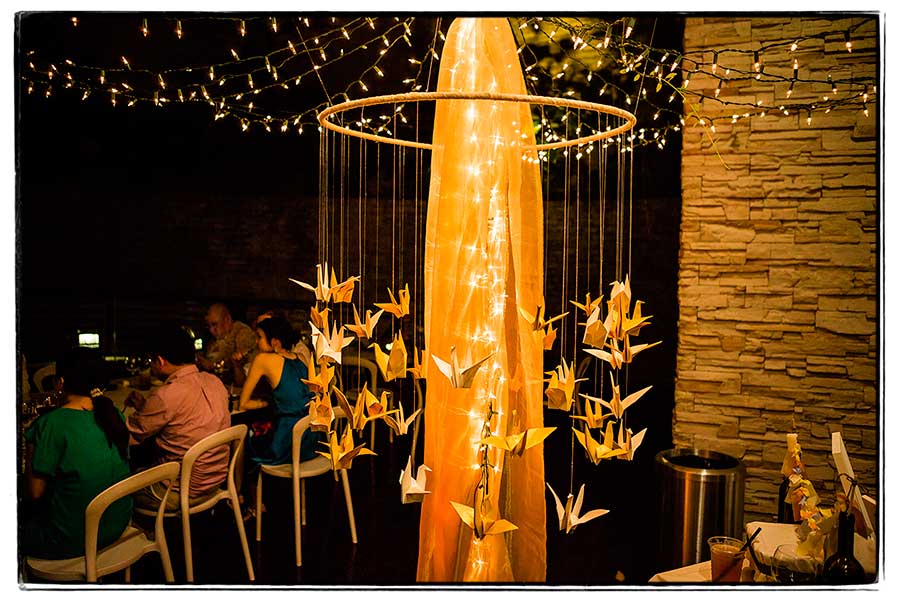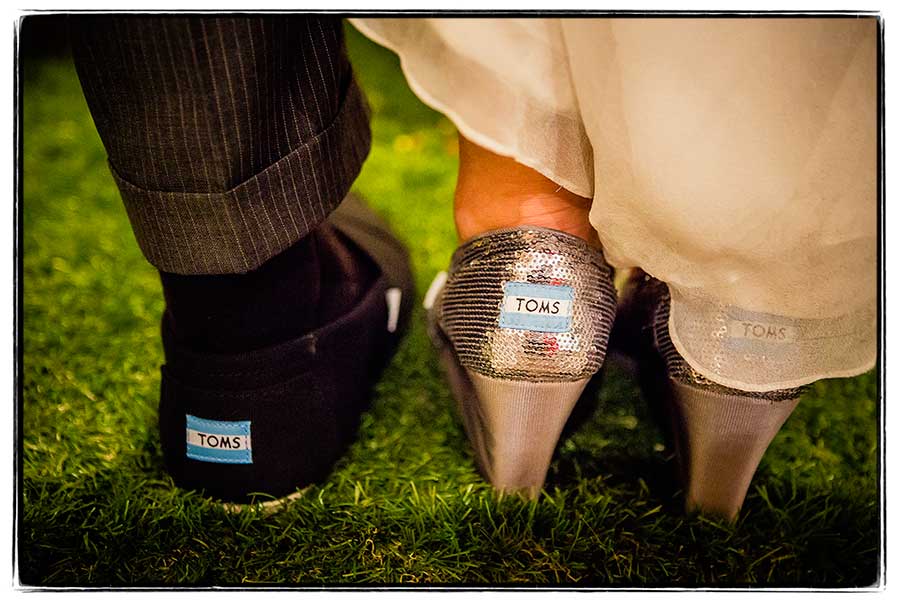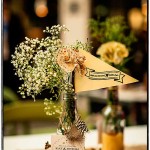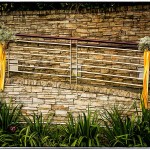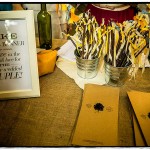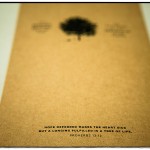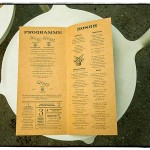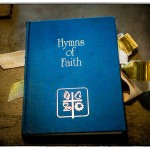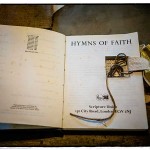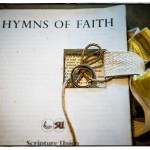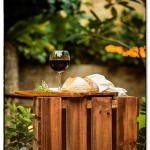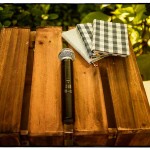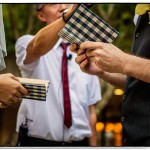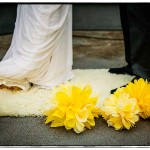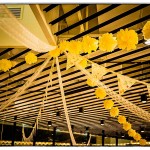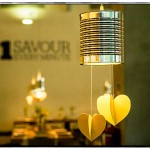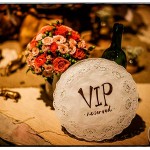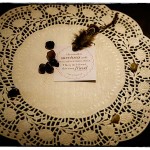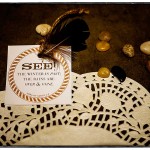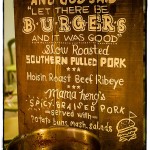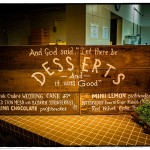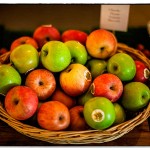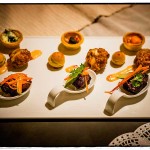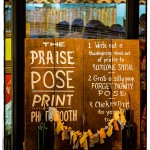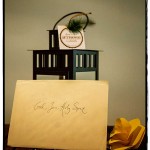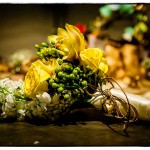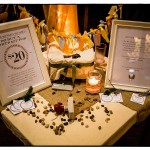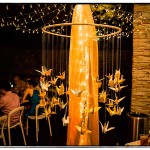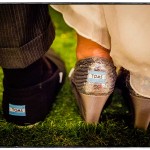.jpg)
I recently updated the Silent Japan gallery, adding 27 new photographs to the original 18 that appeared in my first solo exhibition in 2010. Silent Japan is a series that was not started consciously but one that slowly took shape after reviewing the photographs that I had been taking on my trips to Japan. It is a series that has taken on a life of its own after its unexpected conception and one that I am actively pursuing whenever I have the opportunity to travel to Japan.
.jpg)
For those that are not familiar with the series, Silent Japan is a marked departure from my usual focus on people and their interaction with their environments. It features photographs of the Japanese landscape mainly devoid of people. Where I have chosen to include people, there is a sense of the transient nature of their passing, much like the landscapes they find themselves in. Taken over 4 trips to Japan in various locations on the main island of Honshu and the island of Hokkaido, the series features a quiet stillness that reflect my impressions of the land. The photographs capture pockets of tranquility as well as the solitary, simple and austere beauty of the places in Japan that were visited. By focusing on the natural, ordinary and often rustic objects, the viewer is invited to discover the innate beauty to be found in the exquisite patterns left by the flow of nature and man. The series is rooted in the Japanese aesthetic of wabi-sabi that is commonly defined as the beauty of things imperfect, impermanent, and incomplete.
.jpg)
“All around, no flowers in bloom
Nor maple leaves in glare,
A solitary fisherman’s hut alone
On the twilight shore
Of this autumn eve.”
~ Fujiwara no Teika (1162-1241)
.jpg)
All the photographs in the series are available for sale in limited editions of 5. The series is printed on archival and acid free Washi (Japanese handmade paper) adding to the feeling of wabi-sabi with the paper’s organic deckled edges and subtle surface texture. 8 new photographs that were taken last year are currently on display for sale at Bizlink @ The Cathay (2 Handy Road, #03-04/05. Singapore 229233). 5 out of the 8 photographs on display are from a special sub-series titled Silent Japan 3-11. This special sub-series features photographs that, in some way, capture my reflections on the March 11th 2011 Japan earthquake and tsunami. The Silent Japan 3-11 photographs are also printed larger at 14×14″ on an A2 sized piece of Washi compared with the rest of the series which is printed at 8×8″ on an A3 sized piece of Washi. If you are in the area, do drop by for a look. Please contact me for enquiries on print sales.
.jpg)
.jpg)
